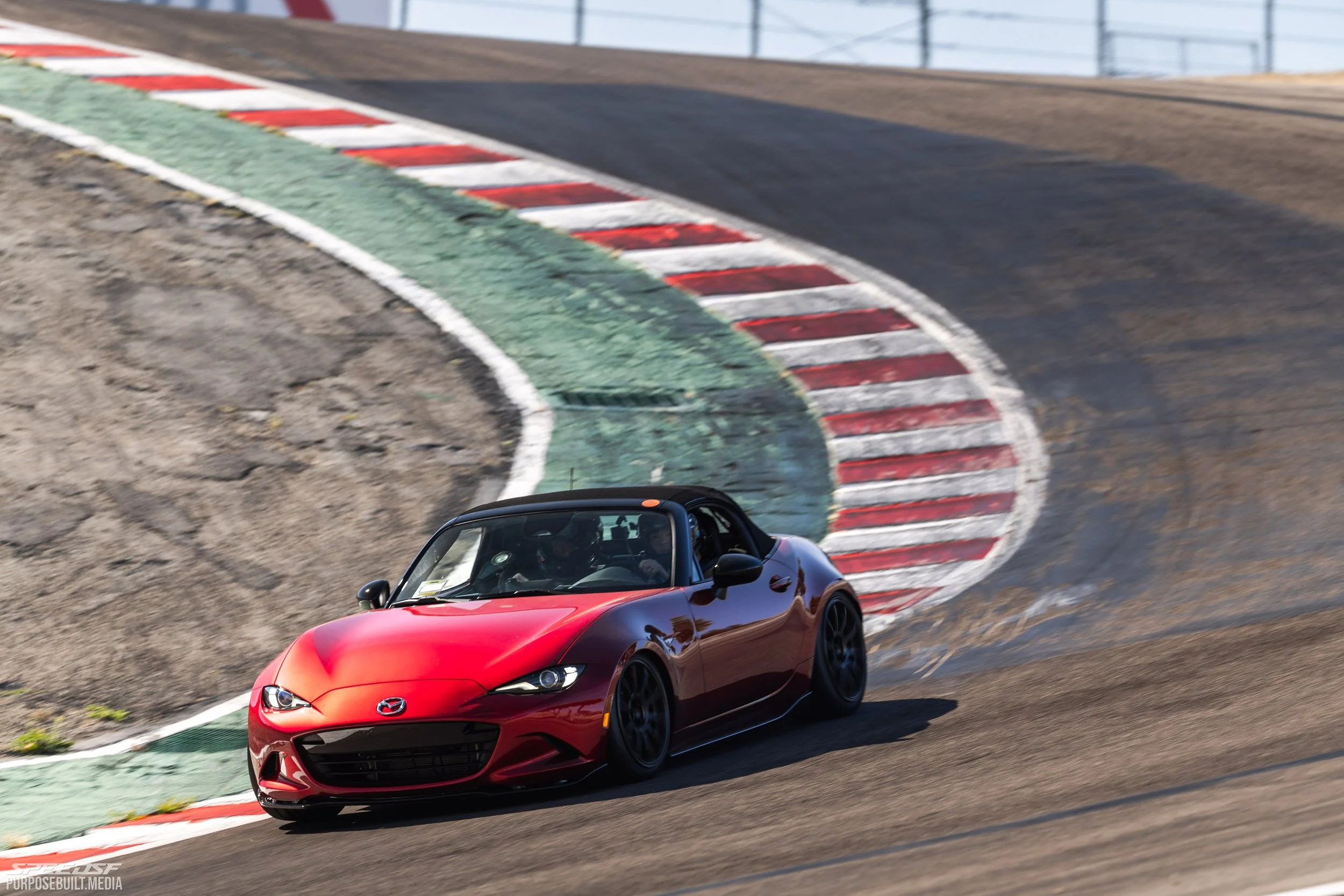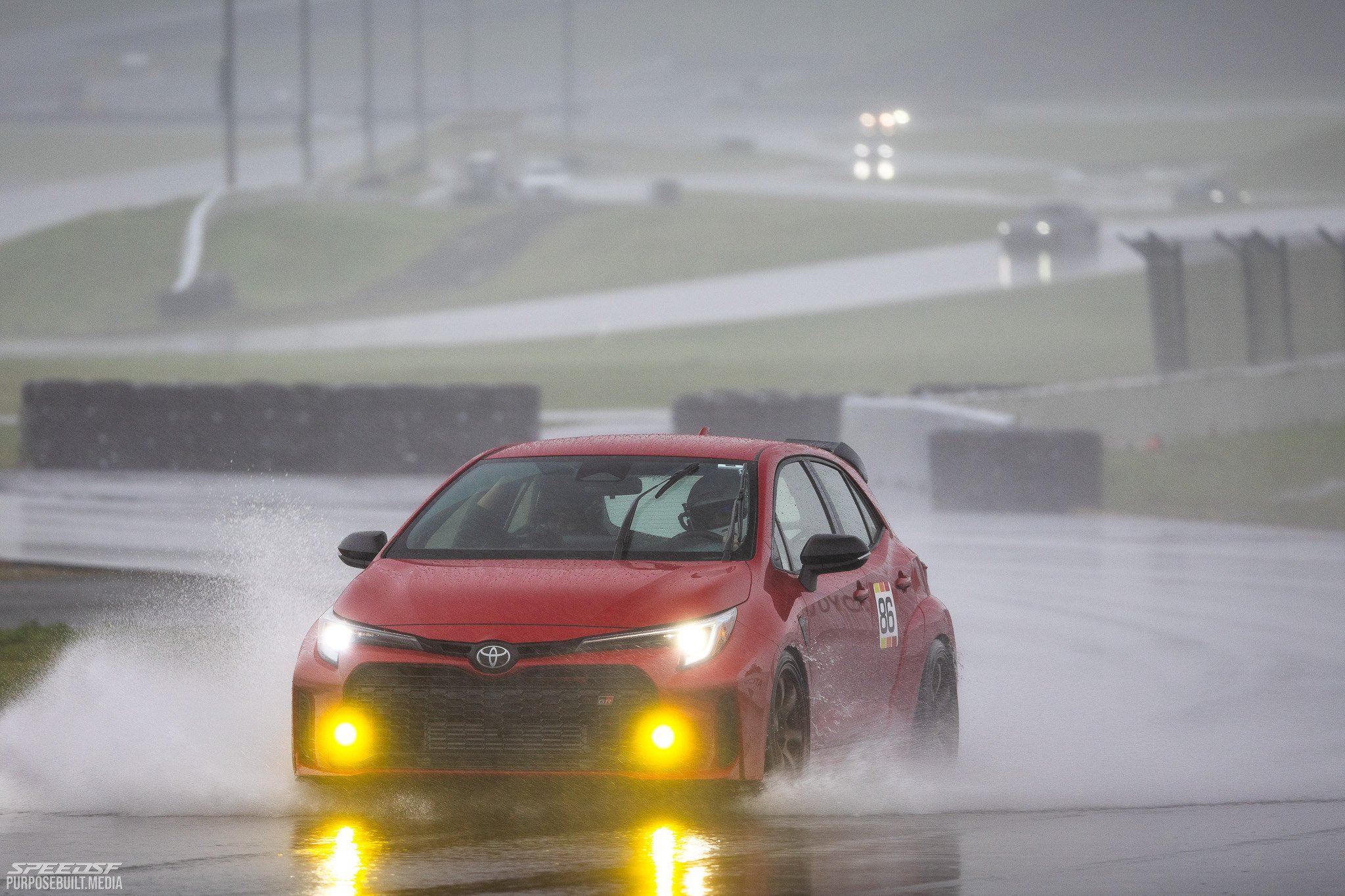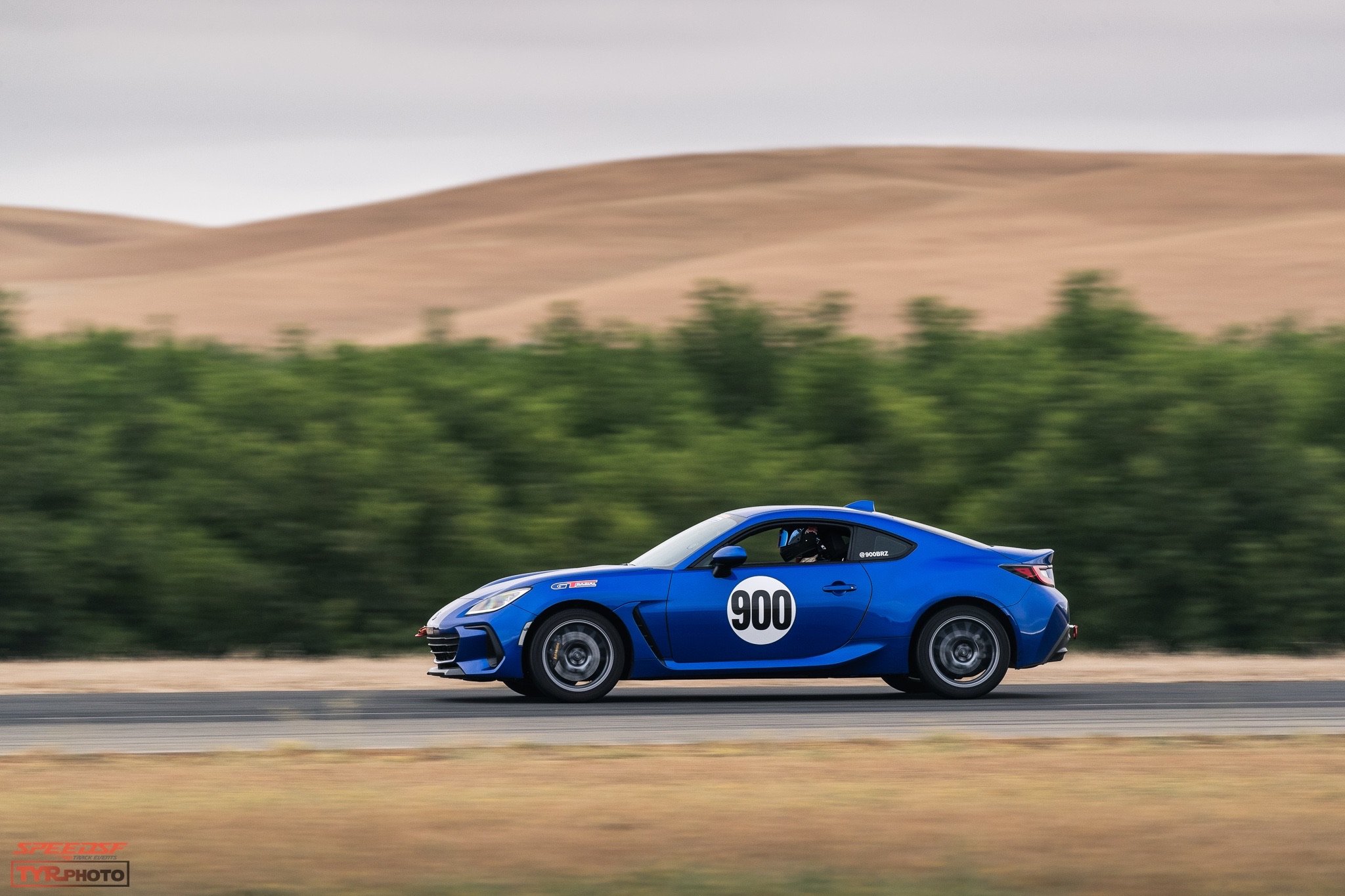
SpeedSF Blog
Every Build Has a Story – Meet the Cars of SpeedSF

Weize’s ND3 Miata: Sim Prep Fortification
After recognizing the financial realities of regular track driving, Weize decided to begin prepping for events with his simulator to ensure he made the most of his weekends.
Thanks to the accessible sim experience, he graduated from GR86 to ND3 - a shift highlighting his growing comfort with rotation - and started clicking off respectable times in no time.

Hernan’s Corolla: The Right Side of the Strain-Satisfaction Spectrum
Fearing an FA24 failure and looking for a more family-friendly car, Hernan Ferraris picked up a GR Corolla and augmented his driving style to suit the front-biased hatch.
With a few modifications to address the car’s cooling issues, he’s gotten over his misgivings and gets real satisfaction — and minimal strain — from this livable, multifaceted machine.

Brian's BRZ: Painful Lessons in Lubrication
Few BRZ owners have been as methodical when it comes to monitoring their engine's oil pressure as Brian Armstrong, who hopes to develop new components to make this popular new platform more dependable.

Fenton's BRZ: The Dependable Workhorse
Rather than go for the all-out track car, Fenton decided a more versatile vehicle would better suit his current needs. After making only a few modifications, he’s been able to enjoy a nice balance of reliability, daily comfort, excitement, and on-track competence.

Kevin Schweigert's GR86: Back to Basics
After several unfulfilling years spent chasing big power, Kevin’s realized that the quality he most appreciates in a sports car is its incisiveness and communication. After a return to a simple, agile GR86, he found that thrill that got him obsessed with trackday driving in the first place.
